Find Help
More Items From Ergsy search
-

AI Breast Cancer Screening in the UK
Relevance: 100%
-

NHS breast cancer screening
Relevance: 98%
-

Tower Hamlets breast screening programme
Relevance: 93%
-
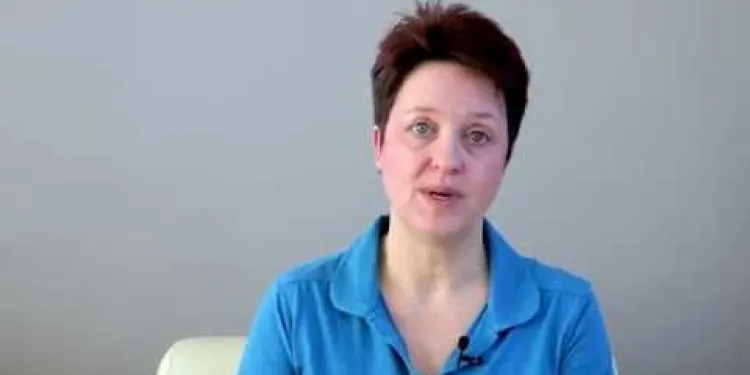
Other Things You Need to Know About Breast Screening
Relevance: 86%
-
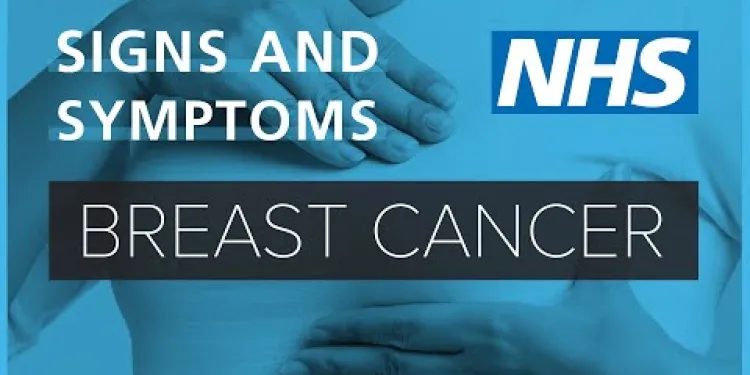
About Breast cancer - signs and symptoms | NHS
Relevance: 67%
-
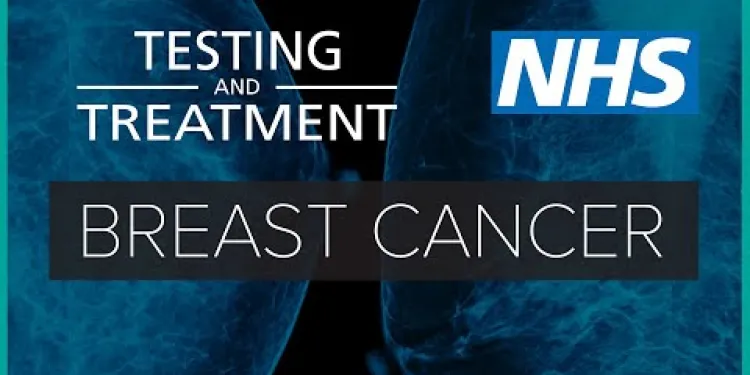
Breast cancer: testing and treatment | NHS
Relevance: 67%
-
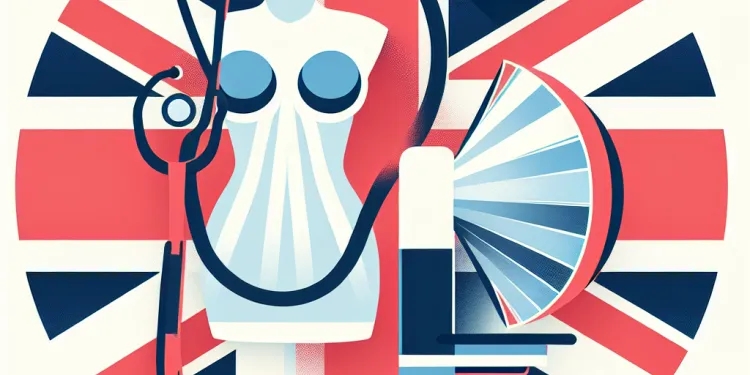
Can I have a mammogram if I have breast implants?
Relevance: 66%
-
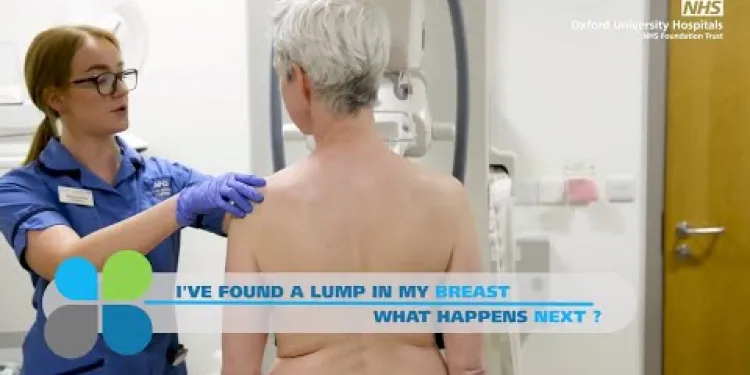
I've found a lump in my breast - What happens next? The breast diagnostic clinic
Relevance: 64%
-
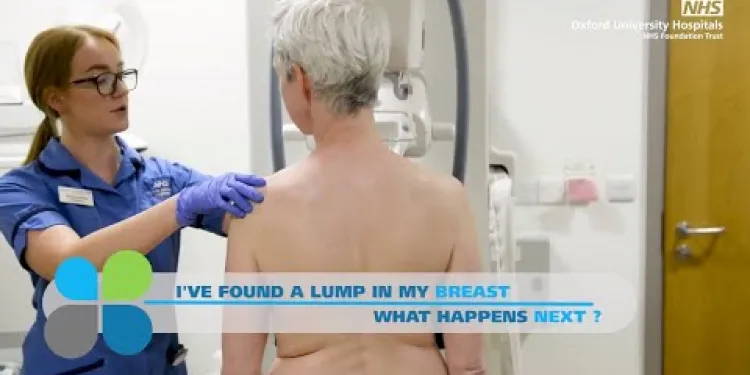
I've found a lump in my breast - What happens next? The breast diagnostic clinic
Relevance: 63%
-

What is Breast augmentation?
Relevance: 63%
-
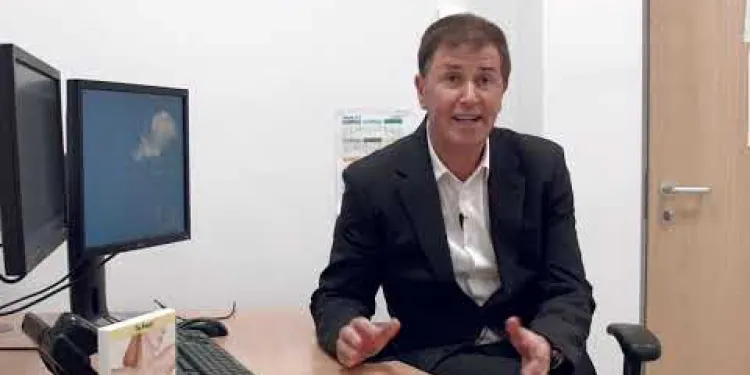
Evidence-Based Interventions: breast reduction
Relevance: 58%
-
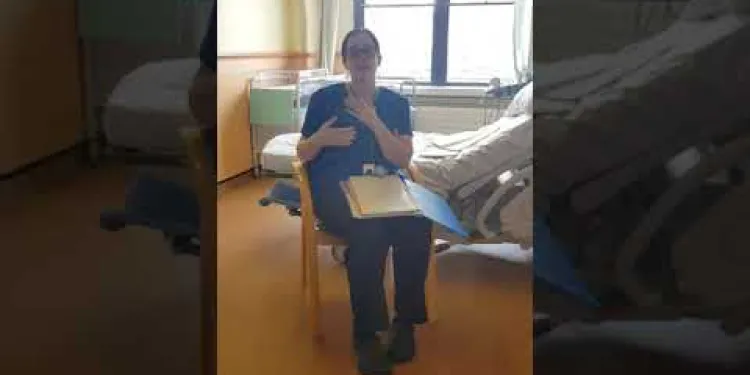
Breasts and Mastitis
Relevance: 55%
-
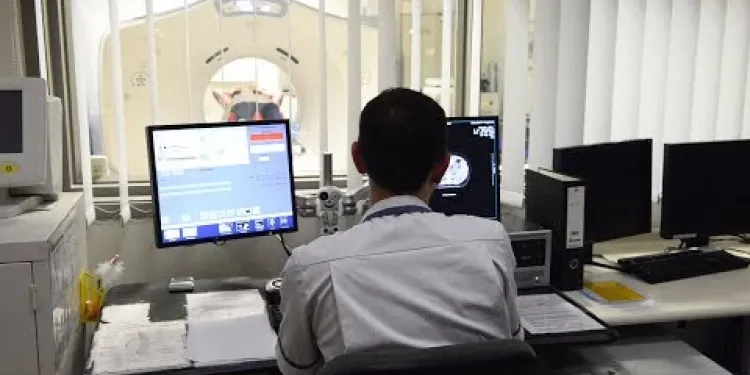
Having radiotherapy for breast cancer - 3 Videos
Relevance: 55%
-
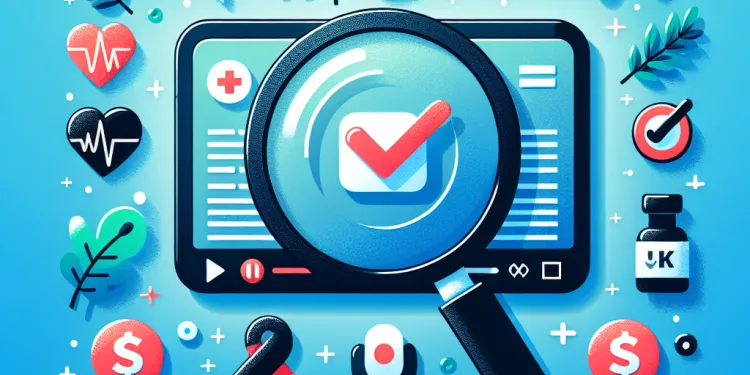
Health Screenings You Should Know About
Relevance: 54%
-
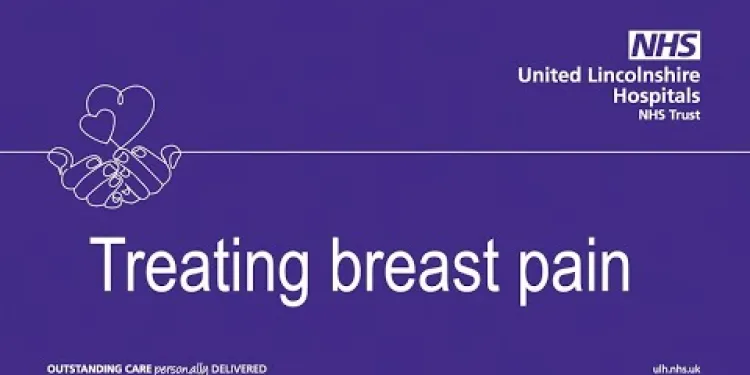
Treating breast pain | United Lincolnshire Hospitals NHS Trust
Relevance: 51%
-
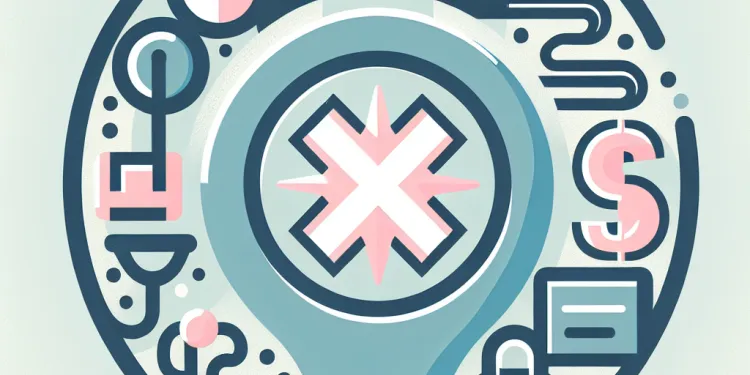
How often should I get a mammogram?
Relevance: 42%
-
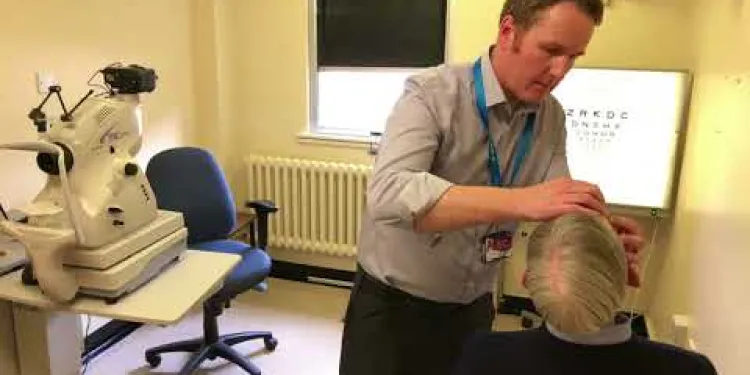
Derbyshire Diabetic Eye Screening - Diabetic Eye Screening
Relevance: 42%
-

Are mammograms free on the NHS?
Relevance: 42%
-
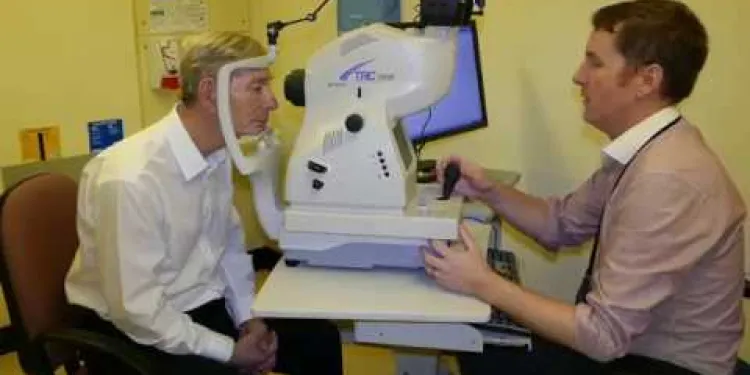
Derbyshire Diabetic Eye Screening - Your Screening Appointment
Relevance: 42%
-
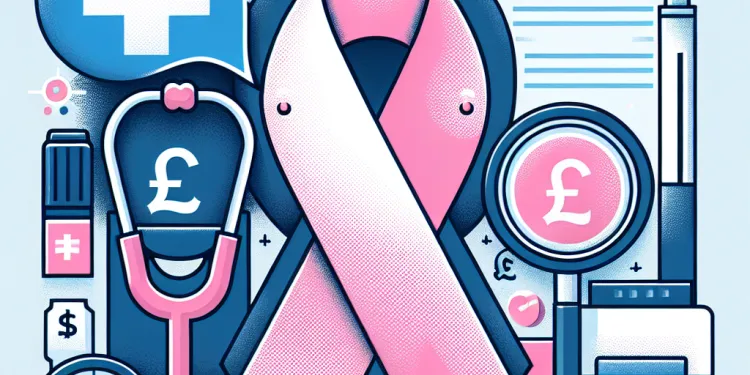
At what age should I start having mammograms?
Relevance: 42%
-
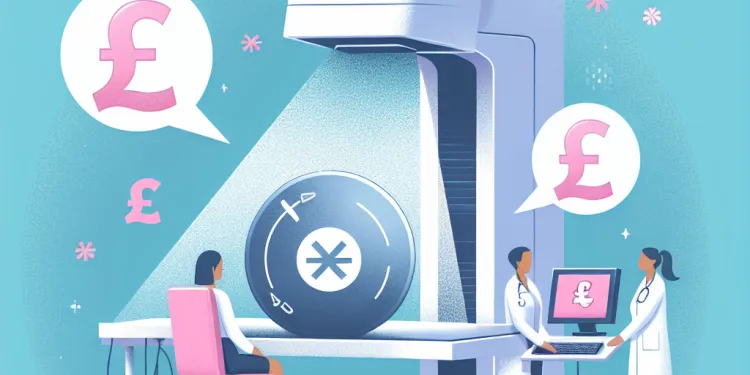
Are there any risks associated with mammograms?
Relevance: 41%
-

Cervical screening: Q&A | NHS
Relevance: 41%
-

Diabetes Eye Screening
Relevance: 41%
-
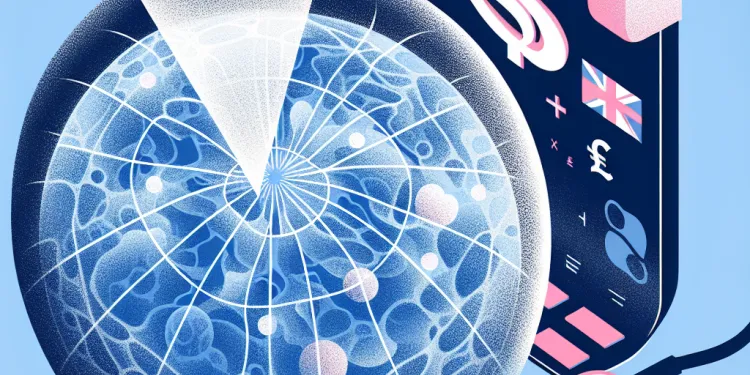
What is a mammogram?
Relevance: 41%
-
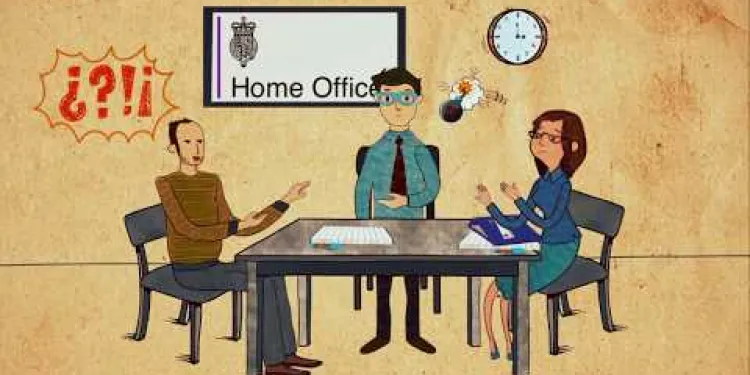
The asylum screening interview
Relevance: 41%
-

What are the benefits of regular mammograms?
Relevance: 40%
-

Are there eco-friendly mosquito screen options?
Relevance: 39%
-

Are mosquito window screens effective in the UK?
Relevance: 39%
-

Are Mosquito window screens effective?
Relevance: 39%
-

Are there retractable mosquito screens available?
Relevance: 39%
-
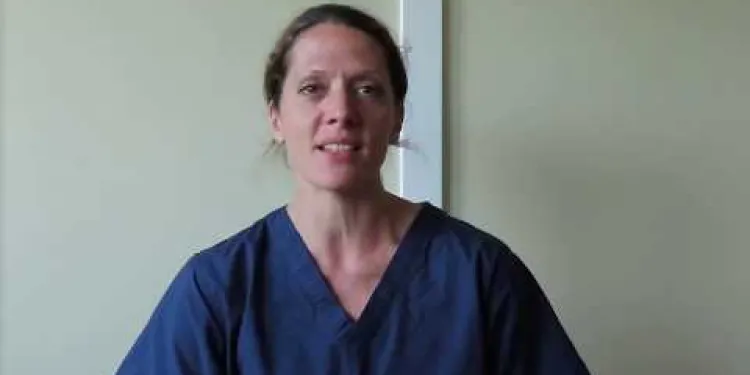
The NHS is #StillHereToHelp with cervical screening
Relevance: 39%
-

How do I maintain my mosquito screens?
Relevance: 39%
-

Can men have mammograms?
Relevance: 39%
-
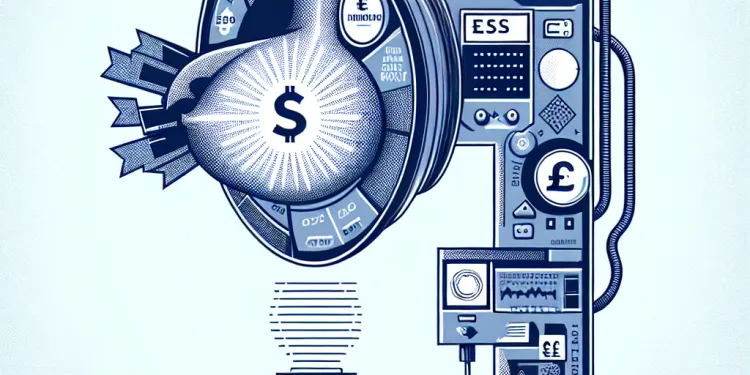
How reliable are mammograms?
Relevance: 39%
-
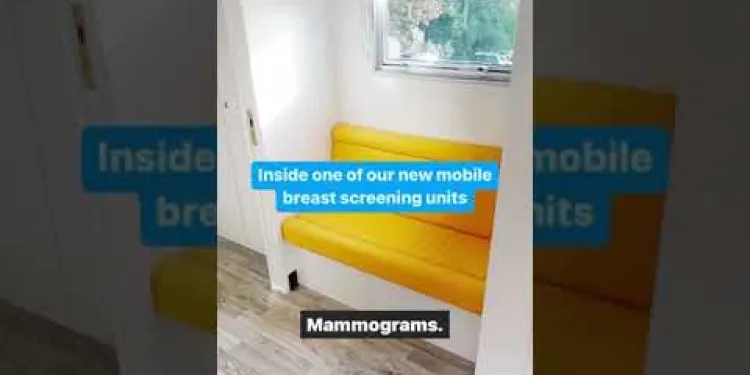
Mammograms
Relevance: 38%
-

Can pets damage mosquito screens?
Relevance: 38%
-
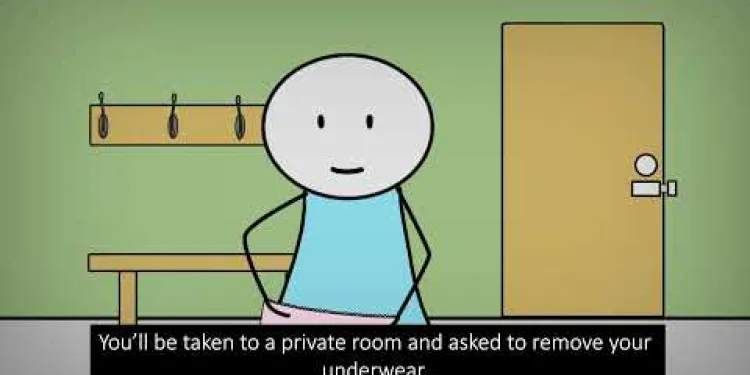
NHSGGC - Cervical Cancer Screening - English
Relevance: 38%
-

What is cervical screening (smear test)?
Relevance: 38%
-

Do mosquito screens add value to my home?
Relevance: 38%
-

Cervical screening: what to expect | NHS
Relevance: 38%
Breast Screening
Breast screening is a vital component of preventive healthcare for women. Its primary purpose is the early detection of breast cancer, which greatly improves treatment outcomes and survival rates. There are two main methods of breast screening:
- Mammography: This is the most common and widely utilized method. It involves taking X-ray images of the breast tissue to detect any abnormalities, such as tumors or calcifications, which may be indicative of cancer. Regular mammograms, typically recommended annually for women over 40, can identify breast cancer at an early, more treatable stage.
- Clinical Breast Examination: This involves a physical examination of the breasts by a healthcare provider. While it's not as sensitive as mammography, clinical breast exams can help detect lumps or changes in breast tissue.
Breast screening is essential because it allows for the identification of breast cancer before symptoms become apparent, facilitating timely intervention and reducing the risk of metastasis. Women should discuss their breast screening options and recommended frequency with their healthcare providers to create a screening plan tailored to their individual risk factors and age.
About Mammograms
Mammograms are a critical diagnostic tool in breast healthcare, primarily used for breast cancer screening and early detection. These specialized X-ray images of the breast tissue play a pivotal role in improving survival rates and treatment outcomes for breast cancer. Here's an overview of mammograms:
- Purpose: Mammograms are primarily used for early breast cancer detection. They can identify abnormalities such as tumors, calcifications, or other suspicious changes in breast tissue, often before they are palpable or cause symptoms.
- Types of Mammograms:
- Screening Mammograms: These are routine exams recommended for women without symptoms, typically starting around the age of 40, and repeated annually or as advised by healthcare professionals.
- Diagnostic Mammograms: Ordered when an abnormality is found during a screening mammogram or when a woman presents with breast symptoms like pain, lumps, or nipple discharge. They provide more detailed images to evaluate the specific area of concern.
- Procedure: During a mammogram, the breast is compressed between two flat plates to spread the tissue out, allowing for clearer X-ray images. While this compression can be uncomfortable, it's essential for accurate imaging and reducing radiation exposure.
- Benefits: Mammograms can detect breast cancer at an early, more treatable stage, potentially leading to less aggressive treatments and better outcomes. They have played a significant role in reducing breast cancer mortality rates.
- Risks: Mammograms involve exposure to low levels of radiation. While the risk is minimal and outweighed by the benefits of early detection, women should discuss any concerns with their healthcare provider.
In conclusion, mammograms are a critical tool in the fight against breast cancer, providing early detection and the potential for more effective treatment strategies, ultimately improving the prognosis for individuals with breast cancer. Regular screening is essential for maintaining breast health, and women should follow the recommended screening guidelines based on their age and risk factors.
Other Things You Need to Know About Breast Screening
What is Breast Screening?
Breast screening is a method used to detect breast cancer at an early stage, before any symptoms have appeared. In the United Kingdom, it typically involves a mammogram, which is an X-ray of the breasts. Early detection can lead to more effective treatment and a greater chance of survival.
Who is Eligible for Breast Screening in the UK?
In the UK, the NHS offers breast screening to women aged 50 to 70 every three years. Women over the age of 70 can still receive screening but must request an appointment through their GP or local screening unit. Women under 50 with a higher risk of breast cancer, due to family history or genetic factors, may also be eligible for earlier screening.
How to Prepare for a Mammogram
Before your mammogram, avoid using deodorants, talcum powder, or any lotions on your breasts and underarms, as these can affect the image quality. Wear a two-piece outfit to make it easier to remove only your top and bra during the screening. Make sure to inform the radiographer if you have breast implants or any particular concerns.
Understanding the Results
After the mammogram, the results will typically be sent to you within two weeks. The results can show if the mammogram is normal, unclear, or if there is a concern requiring further tests. If the results are unclear or show abnormal findings, you might need further imaging or a biopsy, but this does not necessarily mean you have cancer.
Possible Risks and Considerations
While breast screening is generally safe, it does have some risks. These include exposure to a small amount of radiation, false positives leading to unnecessary worry and further tests, and false negatives where a cancer is not detected. Discuss any concerns with your GP to weigh the benefits and risks in your particular situation.
The Importance of Self-Examination
Even with regular screening, it is crucial to stay aware of any changes in your breasts. Self-examination can help you notice unusual lumps, changes in size or shape, or any other abnormalities. If you detect anything unusual, contact your GP immediately to arrange for further evaluation.
Support and Resources
If you are invited for breast screening or need further tests, various support groups and resources are available. The NHS website offers comprehensive information, and charities such as Breast Cancer Now and Macmillan Cancer Support provide additional support and advice on managing your health.
Breast Screening
Breast screening is important for women's health. It helps find breast cancer early, which makes treatment easier and helps women get better. There are two main ways to do breast screening:
- Mammography: This is the most common way. It uses X-rays to look inside the breast and check for any unusual changes, like lumps, that could be cancer. Doctors usually recommend women over 40 get this test every year.
- Clinical Breast Examination: A doctor or nurse feels the breasts to check for lumps. This way isn't as good as mammography but can still find changes in breast tissue.
Breast screening is important because it can find cancer before there are signs, which helps in treating it early. Women should talk to their doctors about how often to get screened and what test is best for them.
About Mammograms
Mammograms are special X-ray tests to check breasts for cancer. They help find cancer early, which makes treatment better. Here is some information about mammograms:
- Purpose: Mammograms help find changes in the breast like lumps before they cause symptoms or can be felt.
- Types of Mammograms:
- Screening Mammograms: These are routine tests for women who have no symptoms, usually starting at age 40 and done every year.
- Diagnostic Mammograms: These are done when a screening shows something unusual or when the woman has symptoms like pain or lumps. They take a closer look at the area of concern.
- Procedure: During the test, the breast is gently pressed between two plates to get a clear image. This might feel a bit uncomfortable, but it helps get a good picture.
- Benefits: Mammograms can find cancer early, which means treatments can be less severe and work better. This has helped reduce the number of deaths from breast cancer.
- Risks: The test uses a small amount of radiation, but the benefits of finding cancer early are much more important. Women should talk to their doctors if they have worries.
In summary, mammograms are very important in finding breast cancer early. This early detection makes treatment more effective and improves health. Women should follow their doctor's advice on how often to get screened based on their age and health risk.
Other Things You Need to Know About Breast Screening
What is Breast Screening?
Breast screening helps find breast cancer early, before you feel anything wrong. In the UK, it uses an X-ray called a mammogram. Finding cancer early means better treatment and more chances to get better.
Who is Eligible for Breast Screening in the UK?
In the UK, women aged 50 to 70 can have breast screening every three years with the NHS. If you are over 70, you can still have screening but need to ask your doctor. Women under 50 may get early screening if they have a family history of breast cancer or other risks.
How to Prepare for a Mammogram
Before your mammogram, don't use deodorant, powder, or lotion on your breasts or underarms. They can make the pictures unclear. Wear a top and skirt or pants so you only remove your top and bra. Tell the nurse if you have breast implants or any worries.
Understanding the Results
After the mammogram, you will get your results in about two weeks. The results can be normal, unclear, or show something that needs checking. If unclear or showing something unusual, you might need more tests, but it doesn’t always mean cancer.
Possible Risks and Considerations
Breast screening is safe, but there are some risks. These include small radiation exposure and false results that cause worry or miss a cancer. Talk to your doctor about the benefits and risks for you.
The Importance of Self-Examination
Even with screening, check your breasts often. Look for lumps, changes in size or shape, or anything unusual. If you find something, see your doctor quickly for a check-up.
Support and Resources
If you go for screening or need more tests, support is available. The NHS website has lots of information. Charities like Breast Cancer Now and Macmillan Cancer Support can help too.
Frequently Asked Questions
What is breast screening?
Breast screening is a method of detecting breast cancer at a very early stage. The process involves taking X-rays of the breasts (mammograms) to look for cancer that may be too small to feel.
Who is eligible for breast screening in the UK?
In the UK, the NHS Breast Screening Programme invites women aged 50 to 70 for screening every three years. Women over the age of 70 can still have screenings but need to request it.
How is the breast screening test performed?
The screening test, known as a mammogram, is performed by taking X-ray images of each breast from two different angles. This procedure typically takes about 30 minutes.
Is breast screening painful?
Breast screening can be uncomfortable as the breast is compressed between two plates during the X-ray, but for most women, the discomfort is temporary.
How often should I have a breast screening?
Women aged 50 to 70 are invited for screening every three years. Women over 70 can request screening every three years if they wish.
Why is breast screening important?
Breast screening can detect cancers at a very early stage when they are too small to see or feel, increasing the chances of successful treatment and survival.
What should I do if I find a lump in my breast?
If you find any lumps, changes, or unusual signs in your breasts, it's important to see your GP immediately, even if you are due for a screening soon.
Are there any risks associated with breast screening?
The risks include exposure to a small amount of radiation from the X-ray and the potential for false positives or false negatives. Overall, the benefits of early detection usually outweigh these risks.
What happens if I receive an abnormal result?
If you receive an abnormal result, you'll be invited for further tests and assessments at a breast clinic, which may include additional mammograms, biopsies, or ultrasounds.
Can men get breast cancer?
Yes, men can get breast cancer, but it is much rarer than in women. Men who have symptoms or a family history of breast cancer should see their GP.
What are the symptoms of breast cancer?
Symptoms include lumps in the breast, nipple discharge, changes in breast shape or size, skin changes on the breast, and pain or tenderness in the breast area.
Can breast implants affect my breast screening?
Yes, breast implants can make it harder to see the breast tissue on a mammogram. Inform the screening staff if you have implants, as they may need to take additional images.
How can I book a breast screening appointment?
Women aged 50 to 70 are automatically invited for screening. If you're over 70 or did not receive an invitation, you can contact your local breast screening unit to book an appointment.
How do I prepare for a breast screening appointment?
Wear a two-piece outfit, as you will need to undress from the waist up. Avoid using deodorants, perfumes, or powders on the day of the test, as these can affect the mammogram images.
How long does it take to get breast screening results?
Results are usually sent by post within two weeks of the screening. If you haven't received your results after this time, contact your screening unit.
What is breast screening?
Breast screening is a way to check if your breasts are healthy. It uses a special machine to take pictures of your breasts. These pictures can show if there are any problems.
If you have any worries about breast screening, talking to a doctor or nurse can help. They can explain more and answer your questions.
Using picture cards or asking someone to go with you can make it easier to understand and feel more comfortable.
Breast screening is a way to find breast cancer early. It uses X-rays, called mammograms, to look for cancer in the breasts. This is to find any cancer that is too small to feel with your hands.
For more help with reading:
- Use a screen reader to listen to the text.
- Ask someone to read the text with you.
- Break the text into smaller parts and read slowly.
Who can get a breast check in the UK?
In the UK, some people can get breast checks. Breast checks are important to look for signs of breast cancer.
Who can go for breast checks?
- Most women aged 50 to 70 years old get invites for checks.
- Sometimes, women over 70 can ask for checks too.
Helpful tips:
- Ask a family member to go with you if you feel nervous.
- You can talk to your doctor or nurse if you have questions.
In the UK, the NHS helps check for breast cancer. This is called breast screening.
Women aged 50 to 70 are invited every three years for a check-up.
Women over 70 can also have check-ups, but they need to ask for it.
If you find reading hard, you can ask someone to help you understand this.
You can also use tools like audiobooks or reading apps to make it easier.
How do they do the breast screening test?
A breast screening test checks if your breasts are healthy. Here's how they do it:
1. You go to a clinic or hospital.
2. A nurse or doctor helps you place one breast on a special machine.
3. The machine takes a picture of your breast. This is called a mammogram.
4. They do the same with your other breast.
The pictures help the doctors see if there is anything wrong.
If reading is hard, ask someone you trust to explain it to you. You can also use a voice reader on your phone or computer to read it out loud.
A mammogram is a test to check the breasts. It uses X-ray pictures. They take pictures of each breast from two sides. It usually takes about 30 minutes to do this test.
Does breast screening hurt?
Breast screening does not usually hurt. But some people might feel a bit of pressure or squeezing. It's okay to feel worried. If it hurts, you can tell the nurse.
Before your appointment, try to relax. You can ask a friend or family member to go with you. You can also bring something to make you feel calm, like a book or music.
If you have questions, ask your doctor or nurse. They are there to help you.
Breast screening can feel uncomfortable because the breast is pressed between two plates during the X-ray. But for most women, it only hurts for a short time.
How often should I have a breast check-up?
A breast check-up helps doctors see if your breasts are healthy. It is important to have these check-ups to stay healthy.
Most people should have a breast check-up every 1 to 3 years. Ask your doctor how often you should get yours.
You can use a calendar to mark the date of your next check-up. This can help you remember to go.
If you have any questions, you can ask a nurse or doctor for help.
Women who are between 50 and 70 years old can go for a health check every three years. Women who are over 70 can ask for a check every three years if they want to.
Why is breast screening important?
Breast screening means checking your breasts for signs of cancer. It is very important because it can help find cancer early. When cancer is found early, it is easier to treat. This means you have a better chance of getting better.
Doctors use special machines to check your breasts. It does not take long, and it does not hurt too much. It is a good idea to have regular breast screenings.
If you are worried or have questions, you can talk to your doctor or nurse. They can help explain what will happen and answer your questions.
Using picture guides or asking someone you trust to go with you can make you feel more comfortable.
Breast screening helps find signs of cancer very early. It can find cancers that are too small to see or feel. Finding cancer early means doctors can treat it better, and this helps people live longer.
What to Do If You Find a Lump in Your Breast
If you feel a bump or lump in your breast, do not worry, but tell a trusted adult or a doctor.
Here are some things you can do:
- Ask for help from your parent or caregiver.
- Go see a doctor for advice.
- Do not ignore the lump; it is important to check it out.
Remember, most lumps are not serious, but it's good to be safe. Talk to someone who can help.
If you find any bumps, changes, or strange things in your breasts, go to your doctor right away. Do this even if you have a breast check-up soon.
Are there any risks with breast screening?
It's important to know about breast screening. Breast screening helps to check if your breasts are healthy. But, there might be some risks. This means something not so good might happen.
Here are some simple points to understand the risks:
- False Alarms: Sometimes, the test might say something is wrong when everything is fine. This can make you feel worried.
- Missed Signs: The test might not see something that is there. This means a problem might get missed.
- Radiation: The screening uses a tiny bit of energy called radiation. It is very small, but being careful is good.
Here are some ideas to help understand:
- Ask Questions: Always ask your doctor if you have questions.
- Use Pictures: Use pictures or videos to help you understand better.
- Bring a Friend: Take someone with you to help remember information.
Talk to a doctor if you have worries. They can help explain more.
Getting an X-ray can have some risks. There is a tiny amount of radiation. Sometimes, the X-ray might say something is wrong when it isn't (false positive) or miss something that is wrong (false negative). But finding problems early can be very helpful, so the benefits are usually bigger than the risks.
What if I get a result that is not normal?
If your test result is not normal, you will be asked to come for more tests at a special breast clinic. These tests might include more X-rays (called mammograms), taking a small sample from your breast (called a biopsy), or using sound waves to look inside your breast (called an ultrasound).
Can men get breast cancer?
Yes, men can get breast cancer too. It is not just a woman’s disease.
Breast cancer happens when cells in the breast grow out of control.
If you find a lump in your chest, tell a doctor or nurse. They can help you.
Use pictures or videos to learn more. They can make it easier to understand.
Yes, men can get breast cancer. It does not happen often. If a man has signs of breast cancer or if someone in his family had it, he should talk to a doctor.
What are the signs of breast cancer?
Breast cancer can cause changes in your body. Here are some things to look out for:
- A lump in your breast or under your arm
- Changes in the size or shape of your breast
- Pain in your breast
- Skin on your breast that looks different, like dimples or redness
- Fluid coming from your nipple that isn't milk
If you see any of these changes, it is important to tell a doctor. They can help you check what is happening. You can also ask someone you trust to go with you. They can help you remember things and give you support.
Here are signs you should watch for:
- Lumps, or bumps, in your breast.
- Liquid coming out of your nipple.
- Breast looks or feels different.
- Skin on the breast looks different.
- Pain or feeling sore in the breast.
If you notice any of these signs, talk to an adult or doctor. You can use pictures or stories to help understand better.
Can breast implants change my breast check-up?
If you have breast implants, it is important to get regular breast check-ups. These check-ups are called screenings.
Sometimes, implants can make it harder to see all of your breast tissue in the screening. But, the people who do the screenings know how to check breasts with implants.
You should tell the doctor or nurse about your implants before the screening. They will take special pictures called X-rays to make sure they see everything they need to.
It's important to talk to your doctor if you have any questions. They can help you feel better and explain why screenings are important.
If you find it hard to understand, a friend or family member can go with you to help. You can also ask for pictures or words that are easier to understand.
Yes, if you have breast implants, it can be harder to see your breast on a special picture called a mammogram. Tell the staff if you have implants so they can take extra pictures if needed.
How do I make a breast check appointment?
You can call your doctor to make an appointment. They will help you.
You can also go online to book a time. Ask someone to help if you need it.
If reading is hard, you can ask for help from a friend or family.
Women who are between 50 and 70 years old get a letter to come for a check-up. If you are older than 70 or did not get a letter, you can call your local center to book a check-up.
Getting Ready for a Breast Check-Up
Here is how you can get ready for your breast check-up:
- Wear a top that is easy to remove, so you can change quickly.
- Do not use deodorant, perfume, or powder on the day of the check-up. This helps the doctors see clearly on the pictures.
- If you are worried, bring a friend or family member with you for support.
- You might find it helpful to write down any questions before your appointment.
- Ask the doctor to explain things in simple words if you do not understand.
Wear clothes that come in two parts, like a top and pants or a skirt. You will need to take off your clothes from the waist up for the test. Do not use deodorant, perfume, or powder on the day of your test because these can change the pictures from the mammogram.
How long before I get my breast screening results?
After your breast screening, it usually takes about 2 weeks to get your results.
Here are some tools that can help:
- Ask someone you trust to help explain the results.
- Use pictures to help understand the information.
- Repeat the information in your own words.
You will usually get your test results in the mail about two weeks after the test. If you do not get your results after two weeks, call the place where you had the test done.
Useful Links
- Ergsy carfully checks the information in the videos we provide here.
- Videos shown by Youtube after a video has completed, have NOT been reviewed by ERGSY.
- To view, click the arrow in centre of video.
- Most of the videos you find here will have subtitles and/or closed captions available.
- You may need to turn these on, and choose your preferred language.
- Go to the video you'd like to watch.
- If closed captions (CC) are available, settings will be visible on the bottom right of the video player.
- To turn on Captions, click settings .
- To turn off Captions, click settings again.
More Items From Ergsy search
-

AI Breast Cancer Screening in the UK
Relevance: 100%
-

NHS breast cancer screening
Relevance: 98%
-

Tower Hamlets breast screening programme
Relevance: 93%
-

Other Things You Need to Know About Breast Screening
Relevance: 86%
-

About Breast cancer - signs and symptoms | NHS
Relevance: 67%
-

Breast cancer: testing and treatment | NHS
Relevance: 67%
-

Can I have a mammogram if I have breast implants?
Relevance: 66%
-

I've found a lump in my breast - What happens next? The breast diagnostic clinic
Relevance: 64%
-

I've found a lump in my breast - What happens next? The breast diagnostic clinic
Relevance: 63%
-

What is Breast augmentation?
Relevance: 63%
-

Evidence-Based Interventions: breast reduction
Relevance: 58%
-

Breasts and Mastitis
Relevance: 55%
-

Having radiotherapy for breast cancer - 3 Videos
Relevance: 55%
-

Health Screenings You Should Know About
Relevance: 54%
-

Treating breast pain | United Lincolnshire Hospitals NHS Trust
Relevance: 51%
-

How often should I get a mammogram?
Relevance: 42%
-

Derbyshire Diabetic Eye Screening - Diabetic Eye Screening
Relevance: 42%
-

Are mammograms free on the NHS?
Relevance: 42%
-

Derbyshire Diabetic Eye Screening - Your Screening Appointment
Relevance: 42%
-

At what age should I start having mammograms?
Relevance: 42%
-

Are there any risks associated with mammograms?
Relevance: 41%
-

Cervical screening: Q&A | NHS
Relevance: 41%
-

Diabetes Eye Screening
Relevance: 41%
-

What is a mammogram?
Relevance: 41%
-

The asylum screening interview
Relevance: 41%
-

What are the benefits of regular mammograms?
Relevance: 40%
-

Are there eco-friendly mosquito screen options?
Relevance: 39%
-

Are mosquito window screens effective in the UK?
Relevance: 39%
-

Are Mosquito window screens effective?
Relevance: 39%
-

Are there retractable mosquito screens available?
Relevance: 39%
-

The NHS is #StillHereToHelp with cervical screening
Relevance: 39%
-

How do I maintain my mosquito screens?
Relevance: 39%
-

Can men have mammograms?
Relevance: 39%
-

How reliable are mammograms?
Relevance: 39%
-

Mammograms
Relevance: 38%
-

Can pets damage mosquito screens?
Relevance: 38%
-

NHSGGC - Cervical Cancer Screening - English
Relevance: 38%
-

What is cervical screening (smear test)?
Relevance: 38%
-

Do mosquito screens add value to my home?
Relevance: 38%
-

Cervical screening: what to expect | NHS
Relevance: 38%


